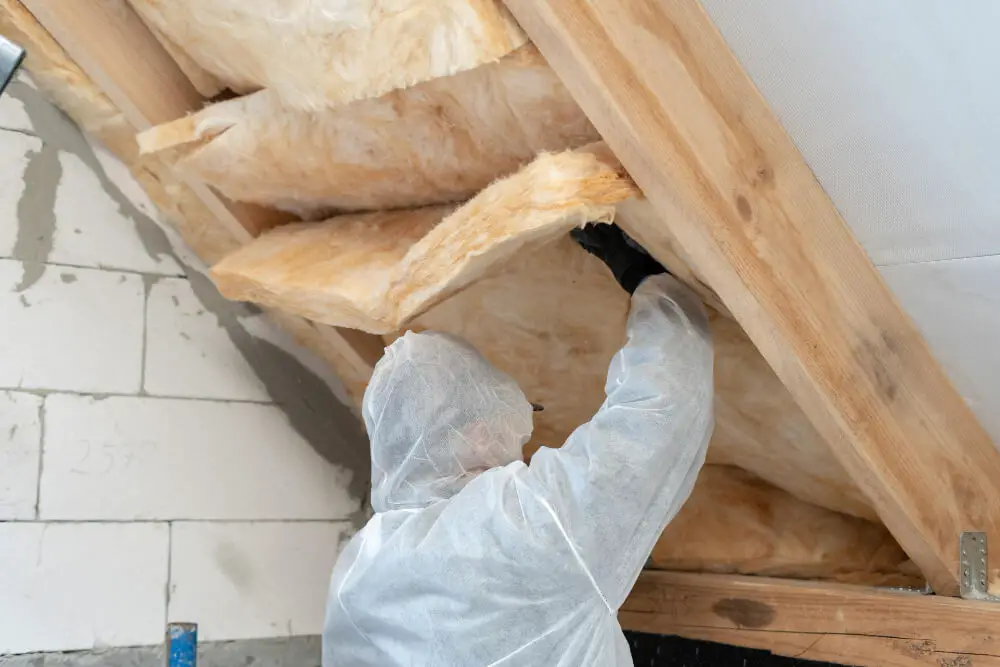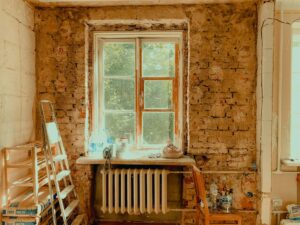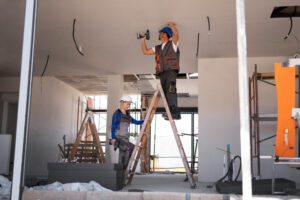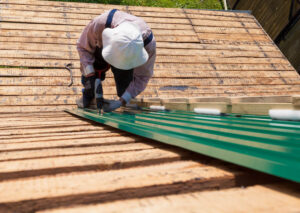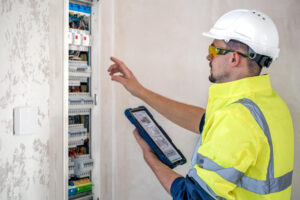The roof of a building serves as the first line of defense against environmental elements, yet its condition can directly affect the interior space. Many homeowners are unaware of how roof problems can manifest into various interior issues.
From water stains to mold growth, the consequences of neglected roof maintenance are evident inside the home. Understanding these potential problems can lead to timely intervention, saving homeowners from costly repairs and damage.
Common Signs of Roof Problems
Several indicators suggest that a roof may be in distress, and recognizing these early signs can help prevent further issues. Patches of light or dark spots on the ceiling often point to potential leaks. These marks may appear more pronounced after a rainstorm or melting snow. Other signs include peeling paint, sagging ceilings, or visible wear and tear on the exterior of the roof, such as an uneven surface or missing shingles.
Regular inspections can help identify these symptoms before they intensify. Local roofing professionals can perform check-ups as needed. Routine maintenance allows homeowners to catch and address issues like minor leaks or insulation problems before they lead to more significant concerns. Scheduling check-ups can create a proactive approach, promoting better home conditions.
Unexplained increases in energy bills can indicate roofing issues, as poor insulation or ventilation may be causing heat loss. Moss or algae growth on shingles is another red flag, often pointing to trapped moisture that can compromise roofing materials over time.
Granules from asphalt shingles accumulating in gutters suggest the shingles are deteriorating. Water stains on attic rafters or walls are additional signs that the roof may be allowing moisture in. Addressing these concerns early can extend the roof’s lifespan and save homeowners from more costly repairs down the road.

Water Damage and Mold Growth
Water-related issues are among the most severe problems stemming from roof defects. When a roof leaks, water can seep into walls and the ceiling, leading to structural damage. This moisture promotes mold growth, which poses health risks to occupants. Mold can lead to respiratory issues and allergic reactions, making timely roof repairs crucial for health purposes.
Addressing water damage effectively involves repairing the roof and treating affected areas inside the home. If mold is present, remediation must be performed to prevent its return. Mold requires specific conditions to thrive, and resolving roof-related moisture issues can significantly reduce the likelihood of mold growth.
Unchecked water intrusion can weaken wooden structures, causing warping, rot, and long-term stability issues. Insulation affected by leaks may lose its effectiveness, resulting in higher energy costs and reduced indoor comfort.
Persistent dampness can attract pests like termites, which thrive in moist environments and further damage a home’s structure. Homeowners should act quickly at the first sign of water damage to minimize repair costs and health risks. Preventative maintenance, including sealing gaps and checking flashing, can help avoid these problems before they start.
Insulation Problems
A well-maintained roof contributes to effective insulation throughout a home. If the roof is compromised, insulation may not function as intended, leading to temperature inconsistencies indoors. Drafts may develop, causing areas to feel colder in winter or warmer during summer months. Poor insulation can inflate energy bills, as heating or cooling systems work harder to maintain comfortable indoor conditions.
It’s advisable to inspect and possibly replace insulation if water damage occurs due to roof leaks. Insulation helps regulate temperature and keeps energy costs down. An energy-efficient home is beneficial for conservation and for minimizing utility expenses quickly. Engaging a professional can provide insights into the interplay between roofing and insulation.
Damaged insulation may contribute to excess indoor humidity, leading to discomfort and potential mold growth. In some cases, pests can nest in compromised insulation, worsening structural and health concerns.
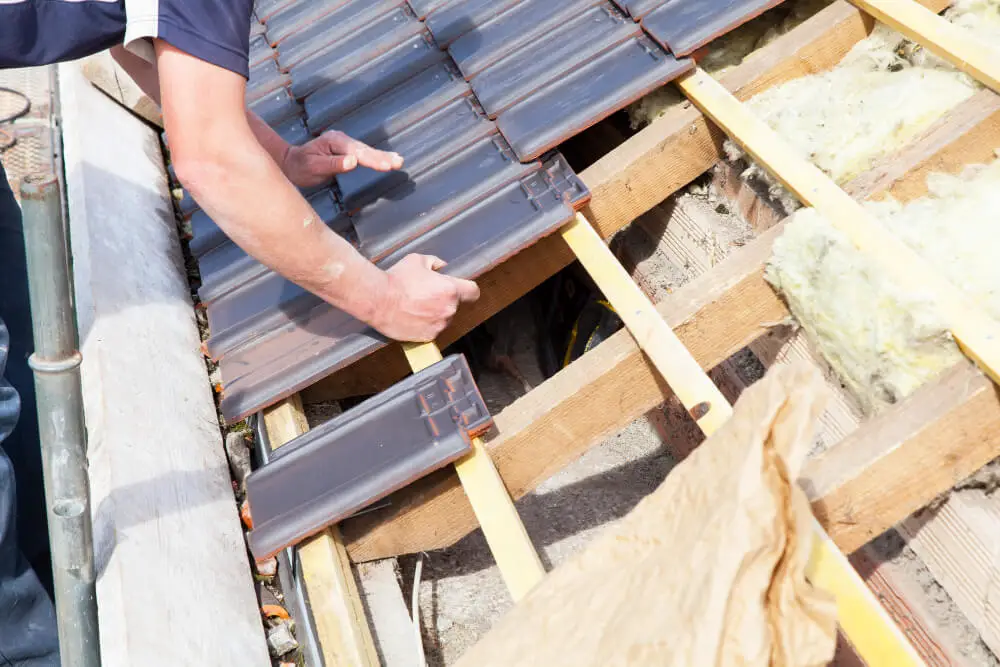
Identifying insulation problems early allows for targeted repairs that restore comfort and efficiency. Properly addressing insulation issues tied to roof damage enhances home performance. Taking a holistic approach ensures both the roof and internal systems function as a cohesive, energy-saving unit.
Structural Concerns
In some cases, ongoing roof issues can lead to structural damage within a home. This risk increases with older roofs that have not received proper inspections and maintenance. If the roof sag occurs, it can indicate that the framework has been compromised. This can present safety hazards and necessitate extensive repairs.
Inspecting for structural damage entails a thorough evaluation from experienced professionals capable of assessing both the roof and the interior levels. Keeping up with roof conditions is a crucial investment in maintaining property value. Structural issues can deter potential buyers, making timely repairs very important if listing a property for sale. A well-maintained roof contributes significantly to the value of the property.
Prolonged exposure to water from leaks can weaken beams, rafters, and other foundational elements. This type of damage often remains hidden until it becomes severe, leading to costly restorations.
Early intervention helps prevent escalation and supports the longevity of the home’s core structure. Structural compromise can affect other systems in the home, such as doors and windows that no longer align properly. Addressing roof issues promptly safeguards both the safety and integrity of the entire home.
Ceiling and Wall Damage
Beyond insulation and structural damage, many homeowners notice deterioration on walls and ceilings due to roof issues. Water intrusion can lead to bubbling paint and drywall damage, resulting in visible cosmetic damage. Left unaddressed, these problems reduce aesthetic appeal and signify more profound issues that require urgent attention.
Repairing the walls or ceilings involves more than just cosmetic fixes; it’s crucial to resolve the roof issue itself. Otherwise, homeowners may find themselves repeatedly undergoing similar repairs. A thorough assessment should identify whether the roof needs repairs or replacement.
Water stains are often the first warning sign, appearing as yellow or brown patches that gradually expand. The damp environment can contribute to musty odors and weaken the materials supporting ceilings and walls.
If mold takes hold in these areas, it can escalate both health concerns and repair costs. Addressing ceiling and wall damage promptly helps preserve the home’s interior and prevent more extensive renovation needs. Proper roof maintenance is the first step in protecting these connected systems within the home.
Addressing roof issues proactively can prevent various interior problems from escalating. By recognizing the signs of a distressed roof and understanding the consequences of neglect, homeowners can safeguard their home investments. Regular inspections and timely maintenance are effective strategies to create a healthy living environment and enhance property value. Avoiding potential hazards while maximizing comfort is a priority that pays dividends in the long term.

